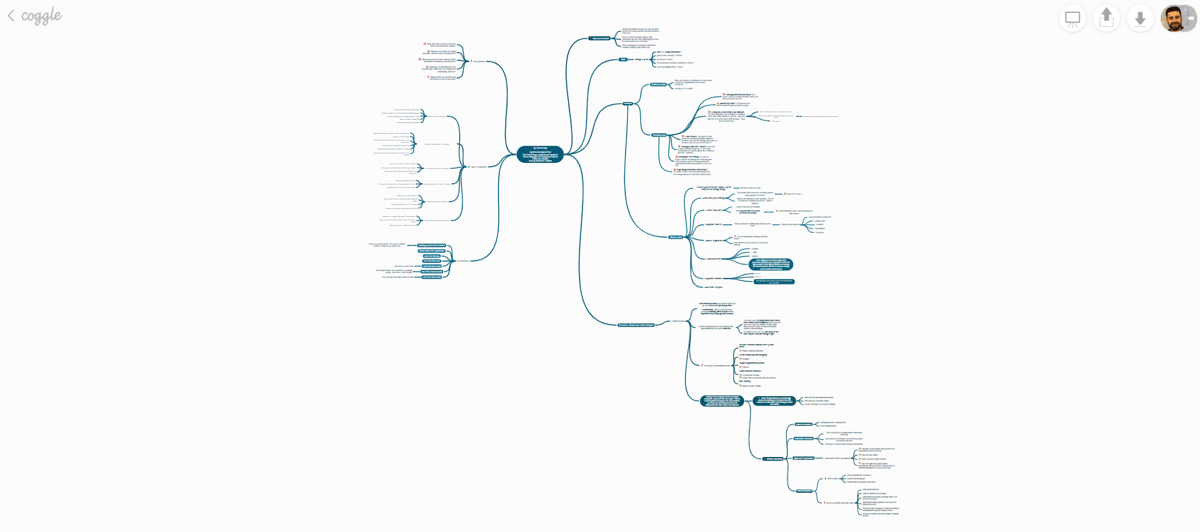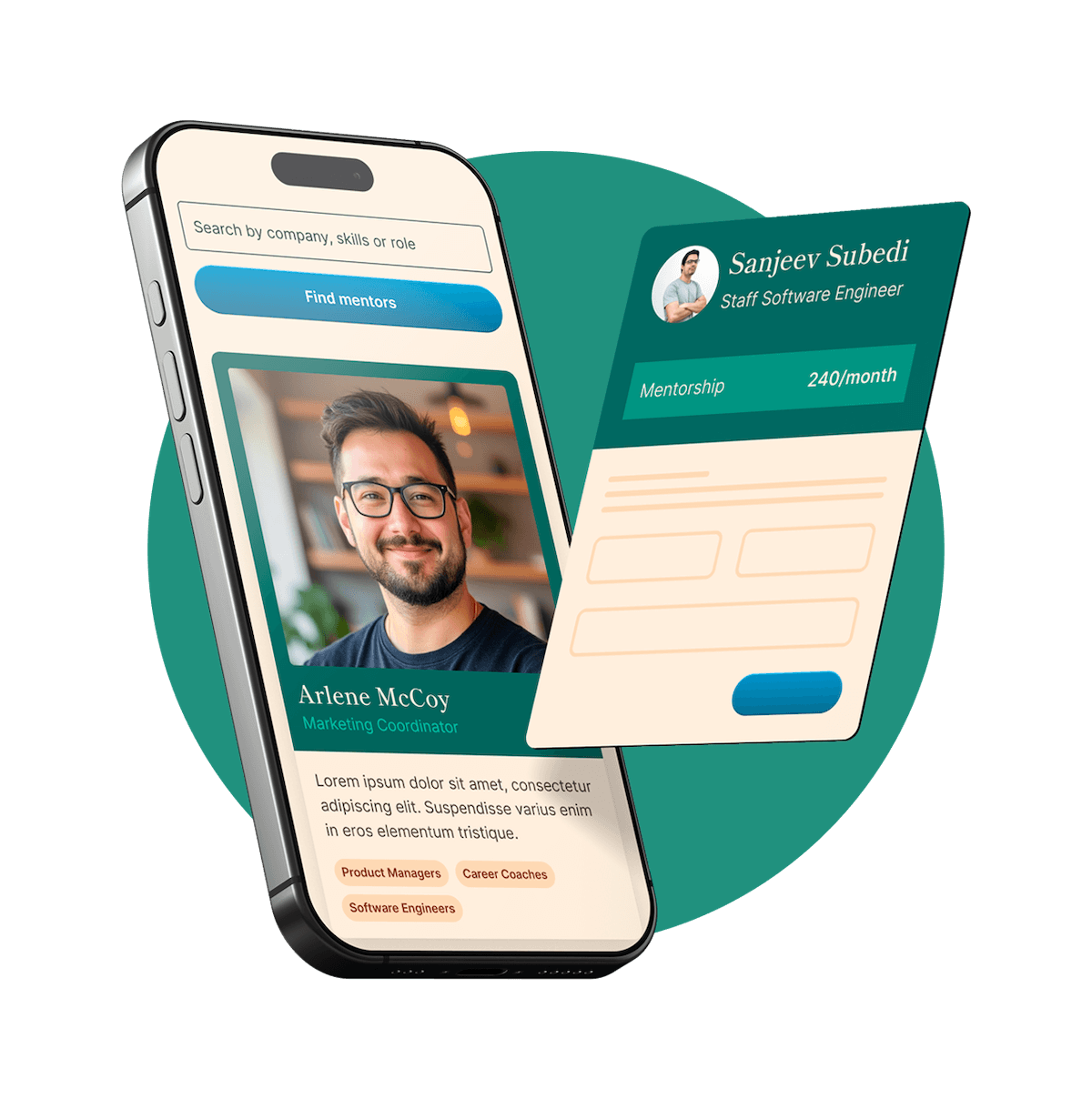One thing that often comes up in my mentoring sessions is what's the best way to onboard when going into a major career transition. New role, new company, new culture. I've helped many navigate this tricky phase, and over time I created a mind-map that summarizes the most important points to review.

Here are a couple of powerful things you can actually use in your first 90 days to make a strong and confident start.
Landing a new role is like jumping on a moving train. You’re handed a laptop, a glossy 30‑60‑90 days template (if you are lucky), and the quiet expectation that you’ll be at your best by the end of quarter one. The reality is tough:
I like to break the rules - don't treat the first 90 days as a finish line. They’re a launch pad. Here are three practical moves that help you stop stressing about quick wins and start building real progress for yourself.
“What do I want people to say about me on day 90?”-
Most onboarding guides start with a task list—systems to learn, goals to hit. Fair enough. But you can do better. Open a blank page and draft the one‑paragraph story you want your manager, peers, and team to tell about you three months from now. Keep it plain-speak, present-tense.
But here’s the catch. When we actually start this exercise in mentoring sessions, most people write something like this:
"By the end of her first quarter, Ana has become the go‑to person for simplifying our sales pipeline, and people praise her for translating simple talk into actions the sales team actually uses."-
It's very results-oriented. It's focused on personal wins—how they solved something big or made an obvious impact. It often centers on proving their worth, on being seen as the hero.
There’s nothing wrong with that. After all, the company hired you to deliver results. But there are two problems with this kind of story:
So try writing a version that balances outcomes with reputation. Aim for impact and connection.
“Slow down so you can speed up.”-
The greatest pitfall of new hires is acting too fast with half‑baked context. The pressure is real—new environment, new team, sometimes even a relocation. You feel the need to prove yourself quickly. Someone’s already asking about a roadmap. Your peers are watching. The boss wants a win.
That pressure often leads to rushed decisions, copied templates from your last job, or early promises that are hard to keep.
Guard against it by running a focused Learning Sprint for the first 21 days. This is a deliberate block of time to explore, listen, and challenge your assumptions. On the mind-map I use with mentees, this falls under "Observe and Map": what problems truly matter, what unspoken rules shape decisions, and which efforts in the past failed—because those patterns often repeat.
Don’t mistake motion for momentum. Take the time to learn before you build.
Rule of thumb: Aim to kill five assumptions for every one you keep. Capture insights in a two‑page field guide and review it with your manager or mentor. Only then lock your 90‑day priorities.
You’ll emerge with sharper questions, fewer blind spots, and a to‑do list rooted in reality, not guesswork.
Your manager might write your review, but it’s your teammates and peers who shape your reputation. How you show up in those first few weeks—curious or closed, helpful or territorial—sticks. Most transitions that fail don’t do so because the work wasn’t good. They fail because something didn’t click with the people around you.
That’s why one key part of the mind-map I share with mentees is about mapping relationships. The goal isn’t just to meet people—it’s to understand what they care about, how they communicate, and what kind of help they value. When people feel seen and heard, they start to trust. And that trust makes everything else easier.
Instead of focusing only on impressing your boss, invest time into understanding your peer group. You’re not just trying to fit in—you’re trying to connect in a way that makes your role feel natural to them. When that happens, they start rooting for your success. That’s when real collaboration begins.
These early conversations aren’t just for notes—they’re about earning trust and gathering context. You’re not trying to be liked; you’re showing respect, curiosity, and that you get the big picture.
Real onboarding isn’t about learning names. It’s about understanding the emotional and practical grid that makes the org work.
Take notes in plain language, send a short recap—nothing fancy, just proof you listened. Two outcomes follow:
Investing ten hours in coffee chats can save hundreds of hours untangling misunderstandings later.
Your first 90 days aren’t about heroic productivity; they’re about direction, insight, and connection.
Ready to put this playbook to work?
Book a free mentoring session with me on MentorCruise. We’ll fine‑tune your story paragraph, design a tailored Learning Sprint, and map your first ten coffee chats. Mention this article and I’ll send you a free PDF checklist to track progress week by week.
See you on the journey—let’s make your next 90 days the launch pad they’re meant to be.
Find out if MentorCruise is a good fit for you – fast, free, and no pressure.
Tell us about your goals
See how mentorship compares to other options
Preview your first month
